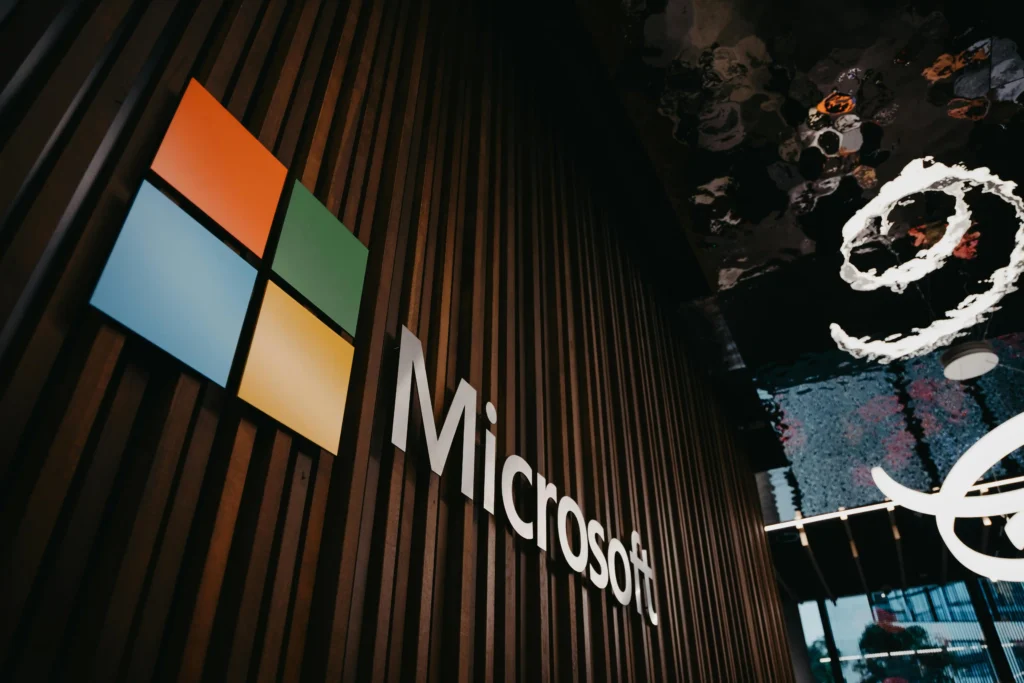Microsoft’s Vision for the Future: Smarter, Collaborative AI Agents Powered by Standardized Memory
In a bold move to redefine the landscape of artificial intelligence, Microsoft is championing a future where AI agents from different companies don’t just coexist—but actively collaborate and evolve through shared memory and intelligent protocols.
Unveiled ahead of the company’s annual Build Developer Conference—slated for May 19 in Seattle—Microsoft’s Chief Technology Officer, Kevin Scott, detailed a transformative roadmap that could unlock a new era of interoperability and intelligence in AI systems, as reported by Reuters.
Building a Smarter Network: AI Agents That Cooperate Across Brands
Speaking from Microsoft’s global HQ in Redmond, Washington, Scott emphasized the company’s unwavering commitment to building industry-wide standards that allow AI agents—software systems that can autonomously perform tasks like debugging code or scheduling meetings—to seamlessly work together, regardless of their developer origin.
“Our vision is a world where AI agents can remember, collaborate, and grow smarter through every interaction,” said Scott, underscoring Microsoft’s drive to break down the silos between isolated AI platforms.

Introducing the Model Context Protocol (MCP): A Digital Common Language
At the core of this initiative lies the Model Context Protocol (MCP)—a revolutionary standardized communication framework that enables AI systems to tap into external data sources and tools far beyond their initial training.
Much like hypertext transformed the internet in the 1990s, MCP aims to create a web of interoperable AI agents capable of real-time collaboration, informed decision-making, and dynamic task execution.
Scott compared MCP’s potential to the early stages of the World Wide Web—where a foundational protocol (HTML) empowered a massive explosion of creativity and innovation. “With MCP,” he explained, “we’re giving developers and businesses the power to shape what this next-generation AI ecosystem becomes—instead of a handful of corporations controlling the narrative.”
Teaching AI to Remember: The Quest for Intelligent Memory
One of the biggest current limitations in AI interaction is memory—or rather, the lack of it. Scott noted that AI models often feel transactional, where each interaction is a clean slate, leading to repeated prompts and reduced contextual continuity.
To solve this, Microsoft is developing Structured Retrieval Augmentation—a memory-saving innovation that allows AI agents to retain meaningful fragments of previous conversations, crafting a lightweight yet comprehensive summary of user interactions.
By preserving these snapshots, agents can deliver more relevant, personalized responses—without the computational burden of full memory logs. This not only boosts efficiency but reduces operational costs, solving a critical challenge in AI scalability.
Why It Matters: A Leap Toward a More Open, Collaborative AI Future
Microsoft’s forward-thinking vision reflects a broader shift in the AI space: a movement toward transparent, collaborative ecosystems that foster innovation, inclusivity, and decentralization. Instead of proprietary silos, MCP and structured memory offer a blueprint for a multi-agent, multi-vendor AI universe—one where intelligence is shared and innovation is democratized.
With over 1 million developers expected to engage globally with Microsoft’s upcoming tools and protocols, the 2025 Build Conference may mark a historic turning point in how we build, train, and deploy AI—not as isolated tools, but as interconnected, evolving collaborators.
Final Takeaway: A Smarter, More Unified AI Ecosystem Is on the Horizon
Microsoft’s efforts to standardize communication and enhance memory across AI agents signal a future filled with smarter, more context-aware systems. Through MCP and structured retrieval augmentation, the tech giant is not only raising the bar for innovation—but inviting the entire AI community to participate in building the next frontier of digital intelligence.
The message is clear: the future of AI isn’t just smart—it’s collaborative, connected, and customizable for all.


